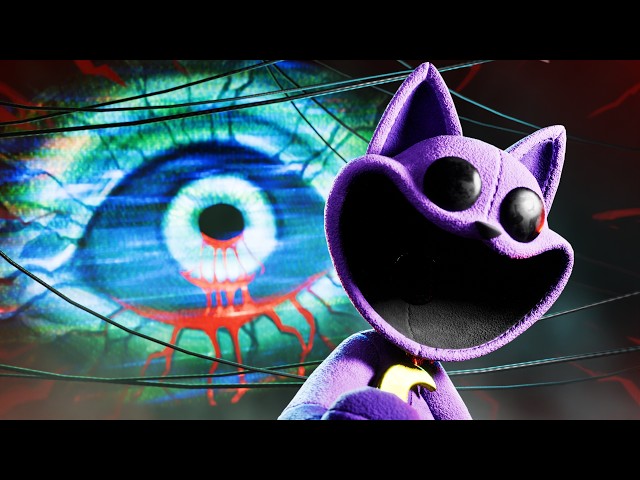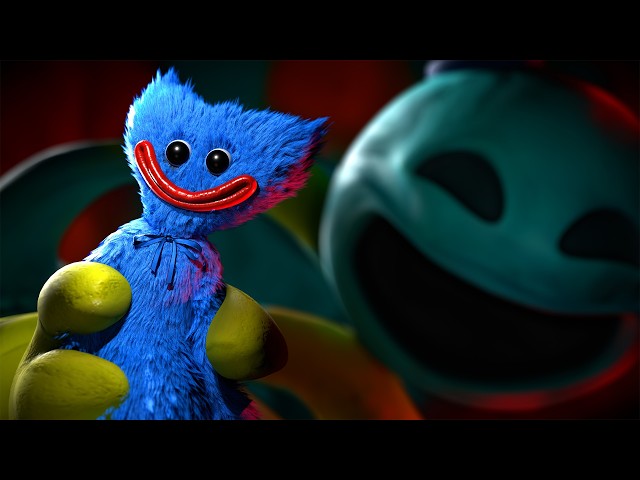The Doughman known as Doey emerges as a standout figure in this eerie narrative universe. His layered origin story and heartbreaking journey resonate deeply, showcasing the dark consequences of corporate experimentation. This analysis explores his origins, psychological makeup, and pivotal narrative functions.

Origins of the Composite Creation
Emerging as Playtime Co.’s second major success following the iconic Poppy, Doey represents an unprecedented fusion experiment. Three distinct personalities – Jack Ayers, Kevin Barnes, and Matthew Hallard – were forcibly unified through corporate malpractice. Remarkably, Jack wasn’t part of the orphan system; his tragic demise during a factory tour paved the way for this grotesque innovation. Corporate deception lured Jack’s guardians into a fatal confrontation with the newly created entity.
The resultant hybrid manifests divergent traits: Kevin’s explosive anger contrasts sharply with Matthew’s level-headed leadership and Jack’s lingering innocence. This psychological triad creates constant internal conflict, particularly when external stressors activate specific personas.
Psychological Architecture
The entity’s behavior depends on which consciousness dominates. Matthew’s compassionate leadership typically governs Safe Haven operations, though suppressed fury frequently surfaces during critical moments. Jack’s residual memories occasionally emerge as nostalgic yearning, creating poignant contrasts with the creature’s monstrous form.




Narrative Significance
Doey’s intervention proves crucial during encounters with hostile entities, establishing his role as Safe Haven’s protector. Philosophical disputes with Poppy regarding sanctuary strategies highlight his commitment to preserving life, even as catastrophic events test his resolve. The ultimate breakdown of this unstable equilibrium triggers a devastating transformation, forcing players into tragic confrontation.
His final moments reveal haunting complexity – while Kevin’s rage demands destruction, residual identities express remorse through Matthew’s apology and Jack’s innocence. This multilayered demise underscores the narrative’s exploration of identity and corporate cruelty.
Chronological Presence
While physically introduced in Safe Haven, subtle allusions to Kevin’s existence surface earlier. Though the character’s arc appears conclusively tragic, ambiguous narrative elements leave room for speculative possibilities regarding future manifestations.

